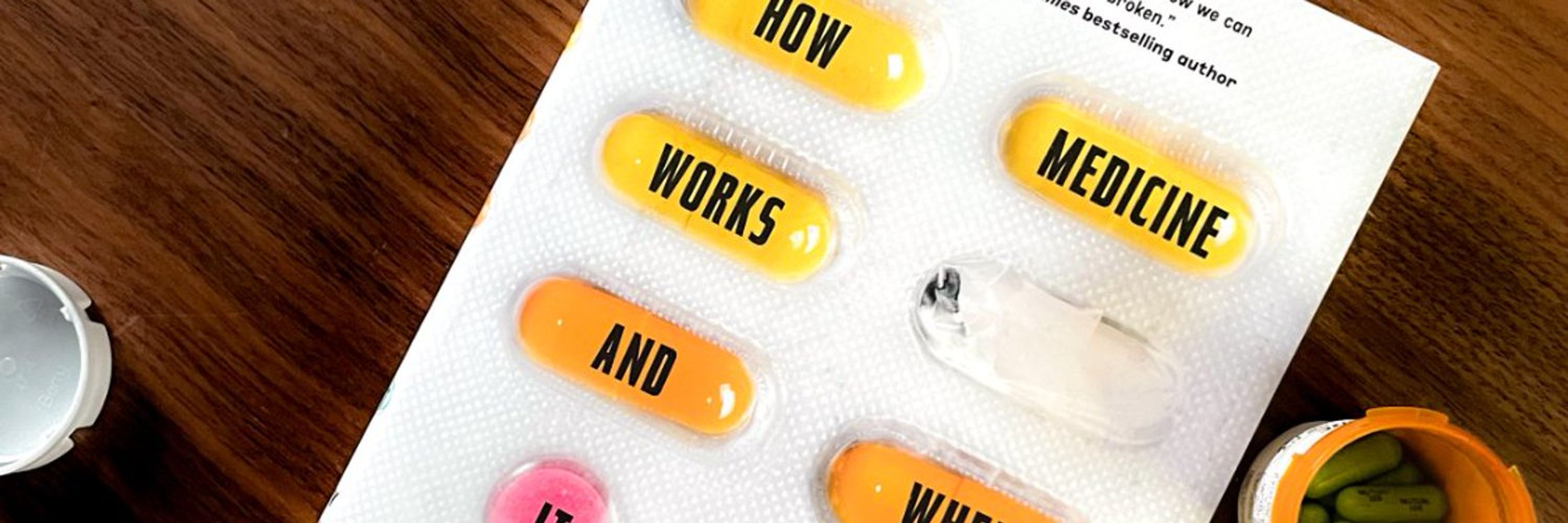F. Perry Wilson, MD
@fperrywilson.bsky.social
1.3K followers
300 following
680 posts
Director, Clinical and Translational Research Accelerator @Yale. Columnist @medscape.
How Medicine Works and When It Doesn't in bookstores now!
Posts
Media
Videos
Starter Packs













